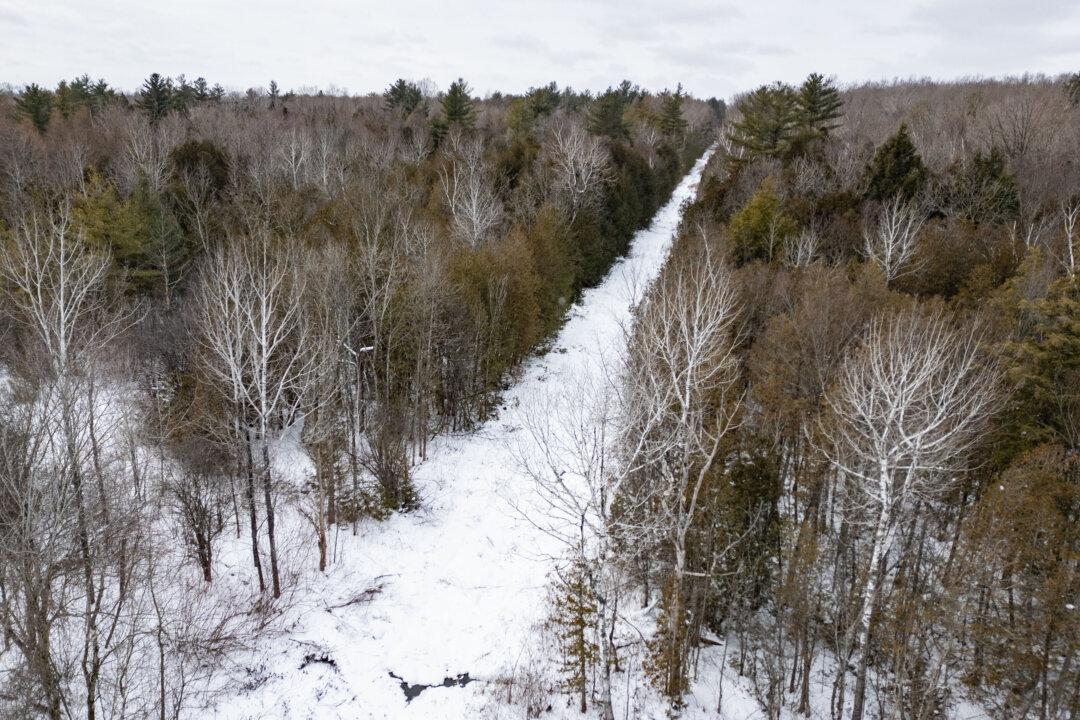The carcasses of thousands of white gannets have been covering the shores of Quebec’s Îles-de-la-Madeleine for the last two weeks, victims of highly pathogenic avian influenza.
“Nobody had to tell me that this was happening; it’s obvious—we’re talking about thousands of dead birds,” Îles-de-la-Madeleine Mayor Jonathan Lapierre said in a recent interview.
“We’re not talking about waste or an ordinary situation. We’re talking about an extraordinary event outside of our own control. Especially since we don’t have an incinerator—we don’t have a landfill. We’re on an island!”
Quebec’s Wildlife Department says that since May 24, it has confirmed several hundred cases of highly pathogenic H5N1 on Îles-de-la-Madeleine, an archipelago of islands in the Gulf of St. Lawrence.
Lapierre said the operation to dispose of all the dead animals has begun. The carcasses, he added, have to be moved out by boat.
“All this isn’t easy considering our location … the boat also carries people and rare commodities,” Lapierre said. “We had to manage all these elements together.”
The highly contagious virus has been spreading across the country among wild and domestic birds such as turkeys, chickens and ducks. The Canadian Food Inspection Agency has estimated almost two million birds in commercial farming operations have been destroyed because of the virus. The agency has said bird flu is spreading globally and outbreaks have been confirmed in every province except Prince Edward Island.
“This year has been an unprecedented year for avian influenza, globally,” the agency said in a statement.
“Birds in an infected barn will all die within days if they are not euthanized. It is also difficult to predict how long the (highly pathogenic H5N1) virus currently circulating will remain in North America. Research in Europe currently indicates … this particular strain does appear quite resilient and able to maintain itself in wild bird populations.”
Stéphane Lair, a professor of veterinary medicine at Université de Montréal, says the first highly pathogenic bird flu cases likely arrived in North America at the end of winter, involving birds that migrated from Europe.
“It happened naturally,” Lair said. “When a new virus arrives in a new population, animals have no immunity. There’s no doubt that, at first, the infection rate is going to be high.”
Serge Hubert, a resident of Îles-de-la-Madeleine, said in a recent interview he had never seen so many dead gannets floating in the water before this season.
“We’ve been seeing them floating for the past two or three weeks—dead. We fish 25 kilometres away from the shores and we see carcasses the entire way through.”
The Canadian Wildlife Health Cooperative, which partners with the federal government to monitor wild bird populations, said that while they can’t test every dead bird, they can link most cases on the island to H5N1. Marion Jalenques, a veterinarian with the group, said the H5N1 strain is not considered to be high-risk for humans but spreads rapidly among birds.
“We are testing a lot of cases right now, but we can’t receive 300 dead birds at once,” Jalenques said in a recent interview, adding that Quebec’s Eastern Townships and the Mauricie and Montérigie regions have also reported cases.
“If we test 10 out of a few hundred from the same event, for sure it’s related.”
She said while culling commercial poultry helps to prevent viral spread, it’s almost impossible to contain the virus in the wild.
“There’s not a lot we can do (to prevent it),” Jalenques said. “We’re talking about vast territories with large populations of birds. There’s a lot of disease in the wild that we can’t control.”





